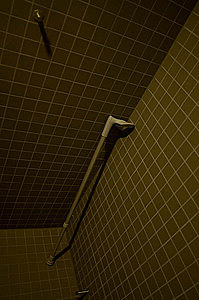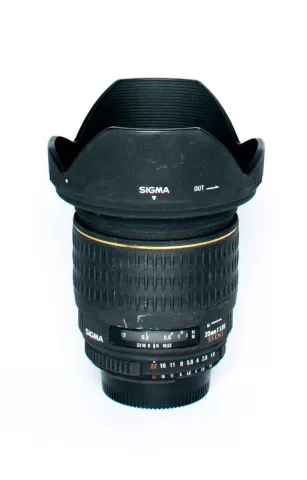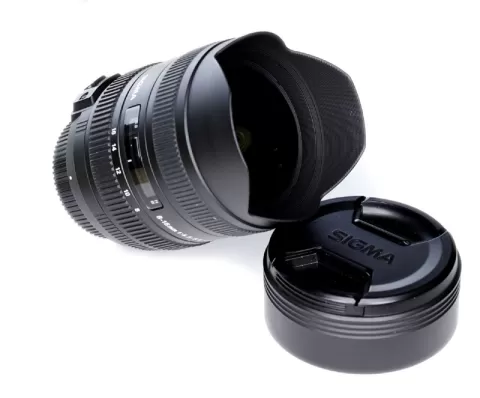I've always liked two things in my lenses: wide angle and brightness. Combine the two and you have a winner!
Although I have wet dreams about a 300mm f/2.8 and my friend's 200-400mm f/4 makes me drool, I know a couple of things about these lenses that makes me reluctant to make my dreams come true:
- they are so expensive that it's unrealistic for me to buy them. Extremely so!
- if I think about it, I would most likely not use them as much as the price warrants.
Give me a wide angle any day!
I'm more a kinda wide angle guy. My wide angle craze started back in my Minolta days where I bought a 24mm MD f/2.8. This was a revelation, an awakening, a realization that I was destined to love wide angle lenses for the rest of my life.
Man, could I suddenly take some pictures that I wasn't able to shoot before? I had a 50mm and a 35mm plus a short 135mm telephoto lens. Nice lenses for sure, but not with the same possibilities as the 24. Rokkor Files has the details, and hits it spot on!
Well, this is not about a 24mm, but about a 20mm. The Sigma 20mm EX DG f/1.8.
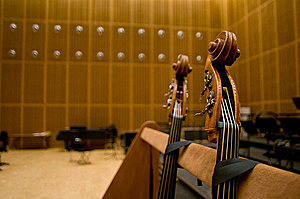
[Nikon D300s, Sigma 20mm f/1.8]
A hunk
The Sigma is a pound of lens and then some, weighing in at 520 grams or about 18.3 ounces. With an 82mm filter diameter you can see that we're talking a large lens. Nikon's own 20mm f/2.8 is half its size and many other wide angle and wide zoom offerings are not this large.
I don't mind large lenses, and when they are built like this, it's even better. The EX designation on the Sigma means excellent, and by that Sigma refers to the mechanical construction. It's as solid as most lenses I have in my arsenal, and apart from seals it easily matches all but the real high end Nikon lenses such as my 17-55 f/2.8 and my 70-200 ditto.
AF and mechanics
The construction is with rear focus, so the front doesn't move or rotate and the lens keeps its size when focusing. It's not HSM as Sigma calls their AF-S construction, so you have to have a body with focus motor. The focus ring rotates, but can be decoupled with a small push. I use it on AF 99% of the time, so my focus ring is always decoupled. But it's a weird way of doing things anyway. AF with manual override is MUCH better, but this lens comes from an age where this trick was fancy.
But the lens focuses fast albeit not blitz fast. It's not a problem in everyday use.
It has an aperture ring if you want to use it, but mine is always locked and I let the camera control aperture.
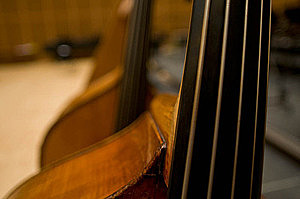
[Nikon D300s, Sigma 20mm f/1.8]
Optical quality
I love the image quality of this lens! I know that you can find reviews that will scold it for its vignetting and not being sharp corner to corner when full open. It seems that the lens is sharp enough, but that the sharpness plane is not plane but curved. I haven't experienced any problems with this phenomenon and honestly don't even know if it's true. The lens is perfectly sharp for my use, and if I want a lens sharp from corner to corner, I stop it down!
There are two reasons to shoot wide open with a lens like this:
- To get as much light through the hole as possible.
- To get out-of-focus areas out of focus.
In most of my full open images I don't give a rat's *beep* about the corners. These are out of focus anyway, and in normal cases I actually want them as much out of focus as possible.
And the lens delivers nicely here too. The bokeh is really good considering that this is 20mm. Such wide angle lenses usually have no bokeh because most of what's in the picture will be fairly sharp.
The bright pack
With 1.8 as the largest (or smallest, you choose) aperture, you get a shallow depth of field and because of this a lot of stuff out of focus. As most bright wide angle lovers can attest to, this is very attractive in a wide angle. Nikon's legendary 28mm f/1.4 as well as the newly launched 24mm f/1.4 both surpass the Sigma by many lengths in bokeh--as in all regards--but also sell for seven and four times as much. You will most likely be unable to track down a 28mm (priced at 3,500-4,000 USD when it's sold... used of course!), but the new 24mm is readily available if you want to spring the hefty 1,900 USD price.
I bought the Sigma used. The seller had hardly used it. 150 frames he said, and I had no reason not to believe him. The lens is as new with all accessories, hood, bag, lid, including an übersize 82mm UV filter, which I removed right away. I'm not a filter guy, but that's a whole other story.
I paid 330 USD, which is less than half price compared to a new specimen here in Denmark. I was happy, the seller seemed happy too. My guess is that this used price can be equaled in most places since the price range is generally pretty high here.
It's a keeper
I am a wide angle romantic, and my love for this type of lens might tarnish my view a bit. I haven't taken the 20mm off my D300s since I bought the lens and mounted it while testing it in the seller's home. It's not an extreme wide angle on the DX sensor, but wide enough. On an FX body it would probably be a killer.
The lens offers a lot of creative possibilities, and using it wide open is an easy way to some really nice pictures. When I look at my crop of 20mm images 90% of them are shot at f/1.8.
This is winter meaning that it's pretty dark and I do a lot of indoors shooting, and the brightness of the lens is great, letting me shoot at 1/250th, 1/125th and 1/60th at 200 ISO. That gives me a lot more leeway compared to say my Sigma 10-20mm f/3.5-4.5 or even the fantastic Nikon 17-55mm f/2.8. The Sigma simply opens up more subjects because it's so bright.

